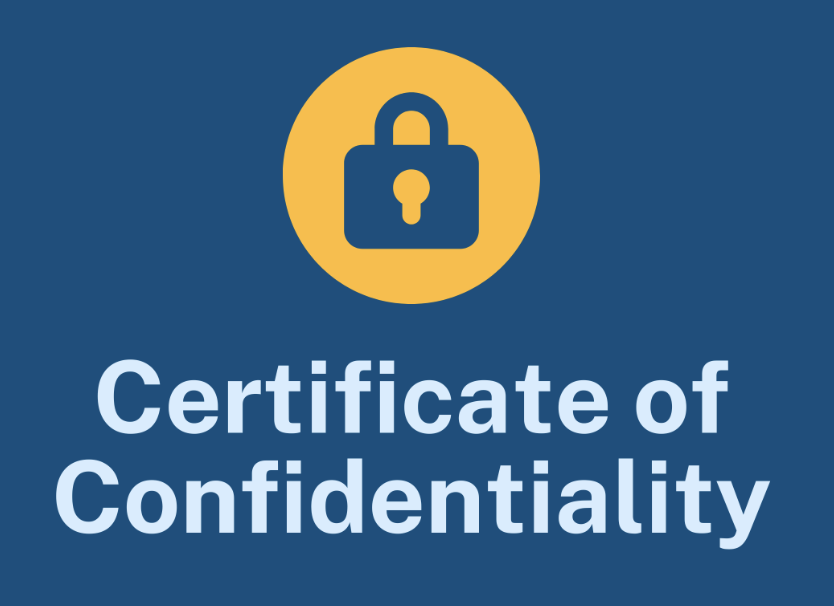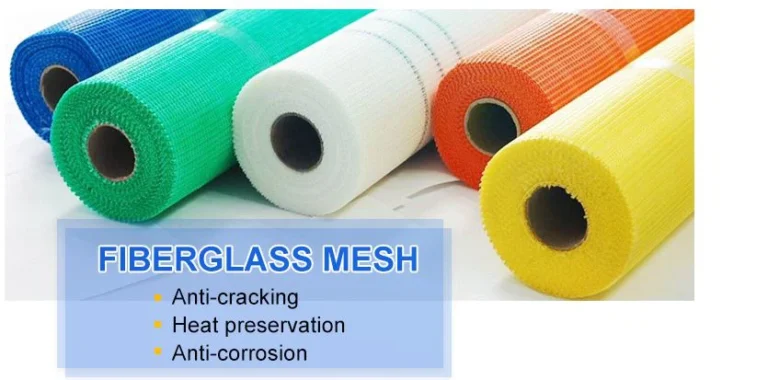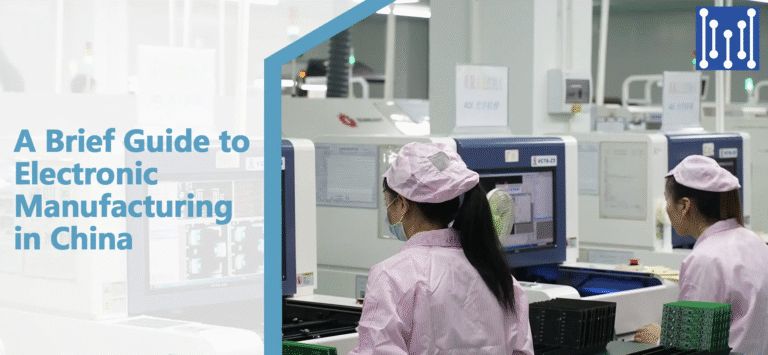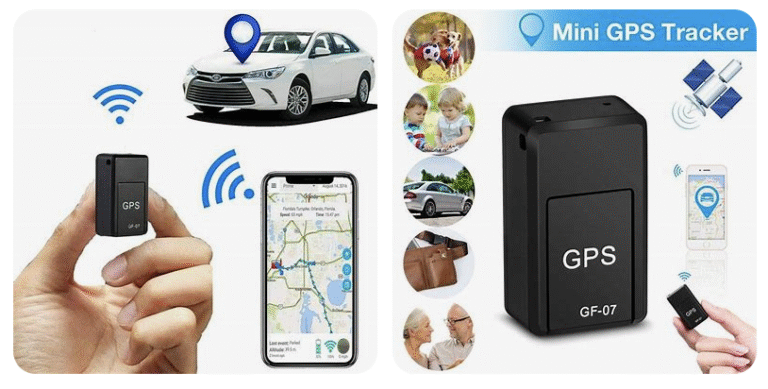What is a Certificate of Conformance (COC) and How to Get One?
Whether you’re importing electronics, medical devices, or industrial components, securing product compliance isn’t optional—it’s essential.
So what is Certificate of Conformance (COC) and how to get one?
Let’s explore why it matters, what it includes, and how to secure yours in today’s regulated marketplace.
Table of Contents
📌 What Is a Certificate of Conformance (COC)?
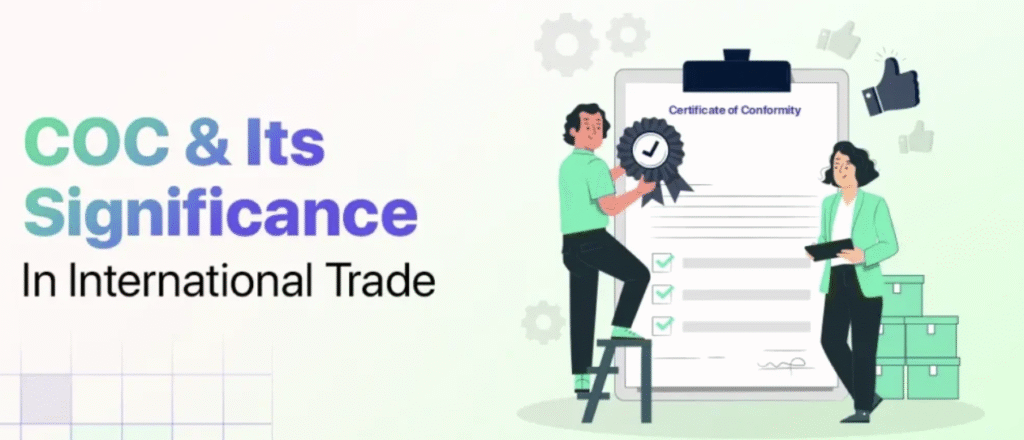
A Certificate of Conformance (CoC)—also known as Certificate of Compliance or Certificate of Conformity—is a formal document issued by an authorized entity confirming that a product, batch, or shipment complies with specified standards, regulations, or customer requirements.
Key features include:
- Issuer: Manufacturer or accredited third-party lab
- Purpose: Prove compliance during customs clearance, customer audits, or product launches
- Legal value: Serves as evidence and protection in case of disputes .
Why You Need a CoC
- Customs & Market Access
Many countries and importers mandate a CoC for regulated items to clear customs or enter distribution channels - Boost Buyer Confidence
It offers legal assurance that your goods meet stated standards, enhancing trust in B2B or retail partnerships - Mitigate Risks
Prevents costly delays, penalties, or product rejections—especially in regulated industries - Contract Compliance
Often contractual terms require a CoC before shipment—especially for OEM, aerospace, medical, or auto parts contracts
What Should a CoC Include?
A robust CoC typically contains these elements:
| Element | Description |
|---|---|
| Product Identification | Model, batch, serial numbers |
| Standards & Regulations | Applicable industry or government standards |
| Issuer Info | Manufacturer or lab, contact details |
| Timestamps & Location | Manufacturing and testing dates/locations |
| Testing Lab Info | If third-party, their credentials |
| Authorized Signature | Legally responsible individual |
Additional details might include PO numbers, packaging, lot numbers, or certification validated by regulating authorities
Certificate of Conformance vs Certificate of Analysis (CoA)
- CoC: Confirms specifications met; basic compliance check
- CoA: Contains detailed test data, batch numbers, analytics; used in pharma, chemicals, aerospace .
For many sectors, CoA is optional; but in regulated industries, both might be required together .
How to Obtain a Certificate of Conformance
1. Identify Standards
Research relevant local regulations, ISO standards, FCC/CE/UL, or industry benchmarks .
2. Choose Issuer
Decide between:
- Self-issue (manufacturer-generated)
- Third-party labs for added objectivity and credibility
3. Product Testing
Prepare samples and submit to:
- Internal QA
- Accredited third‑party labs if required .
4. Factory Audit (if needed)
Ensure production consistently meets standards—required for FSC, RoHS, UL, or automotive .
5. Compile & Draft
Include all required elements clearly formatted and authenticated.
6. Issue & Sign
Authorized personnel signs and issues; keep digital copy for records and audits.
7. Maintain Validity
Periodically re-test and re-certify if standards or design change
COC Use Cases
- Electronics Imports: USA FCC, EU CE, China CCC
- Auto Parts: FAA/automotive supplier mandates.
- Medical Devices: FDA/ISO 13485 requirements
- Food & Pharma: Customs may require CoC or CoA for regulated imports.
How Simoosourcing Can Help
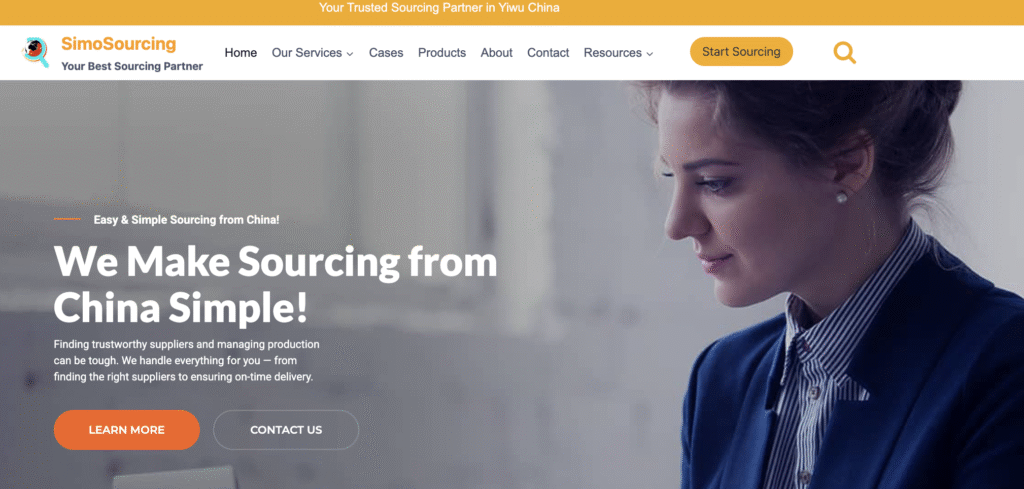
For importers using China manufacturing, Simoosourcing acts as your sourcing agent:
- Ensures suppliers are pre‑qualified for CoC issuance.
- Coordinates testing, audits, and documentation.
- Manages compliance per destination country standards.
- Supports lab selection, scheduling factory audits, and final CoC issuance.
With Simoosourcing, obtaining a valid, complete CoC becomes hassle-free.
Related Resources
See our guide on How to Ensure Product Quality in China for more on compliance and sourcing.
For detailed legal standards, refer to the official CPSC General Certificate of Conformity guide.
Conclusion
A Certificate of Conformance isn’t just a formality—it’s your assurance of legal compliance, quality validation, and market readiness. Here’s how to get one:
- Identify applicable standards
- Select credible issuer (manufacturer or lab)
- Conduct required testing and audits
- Compile accurate CoC document
- Sign off and archive
- Update regularly with changes
Protect your business, accelerate customs clearance, and establish customer trust with a properly issued CoC.
Call to Action:
Need help securing a valid CoC from China? Contact Simoosourcing—your compliance partner for global trade. Leave a comment if you’d like a template or support!
FAQs About Certificate of Conformance (COC)
1. Is a CoC legally required?
Yes—for regulated products like electronics, toys, food, medical devices, and vehicles, many governments require a CoC at import.
2. How long does it take?
Typically 1–4 weeks, depending on testing scope, audits, and lab schedules
3. How much does a CoC cost?
Costs vary widely: USD 100–1,000 for testing/lab work; plus audit and administrative fees .
4. What if the certificate expires?
If standards change or product specs update, you must renew your CoC via re-testing and re-certification .
5. Can I use one country’s CoC in another country?
Possibly—with mutual recognition agreements—but always verify with the destination import authority or compliance expert

